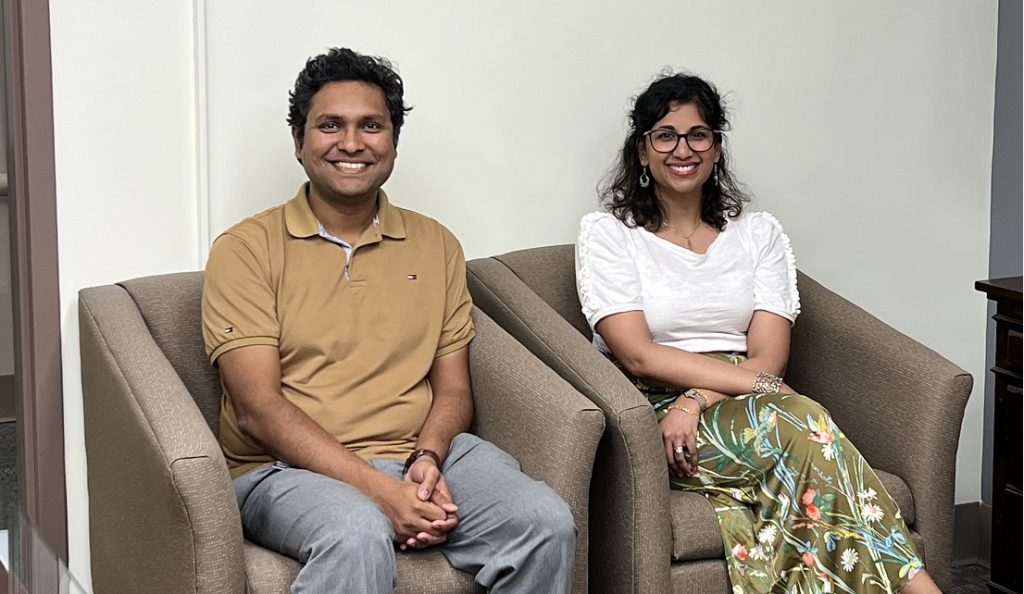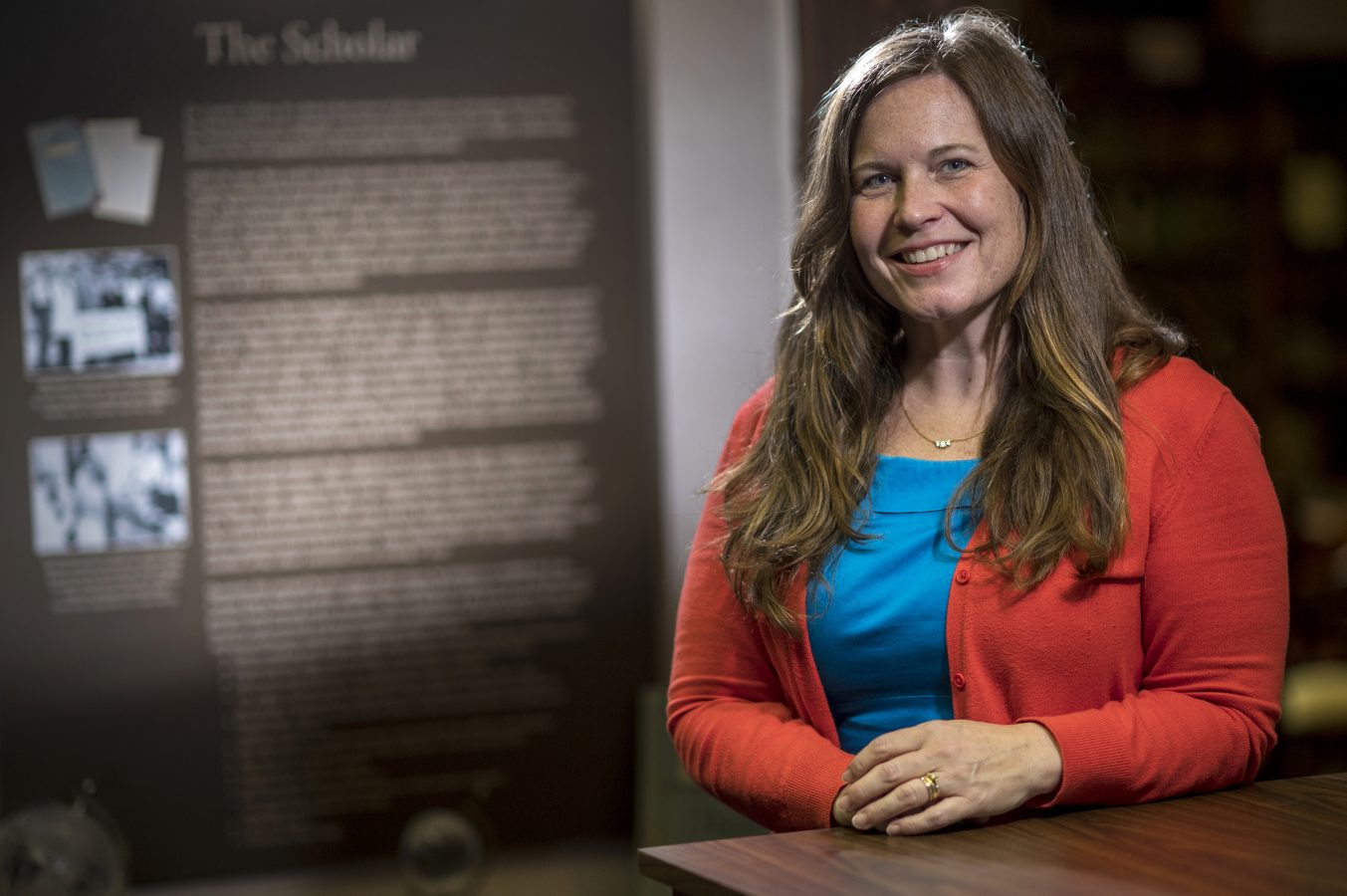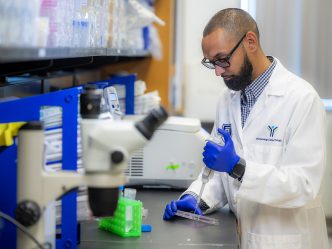Hypertension is a major health concern across a wide spectrum of people across the globe. A new study suggests that in developing countries, child marriage and adolescent motherhood may act as risk factors for hypertension in adult women.
Dr. Biplab Datta and Dr. Ashwini Tiwari, both assistant professors in the Institute of Public and Preventive Health at Augusta University, developed a new line of research that examines the later life risks of chronic conditions among women who were married before the age of 18 and gave birth during their adolescent years, ages 10 to 19.
The study, which focused on women from India, found that hypertension prevalence among those aged 20 to 49 who were married as children was 19.4% — 4.5 percentage points higher than that of women who were married as adults. Additionally, hypertension prevalence in women who gave birth during their adolescence was 15.2%, which was 4.1 percentage points higher than that of women who did not give birth before age 19.
“The finding that child marriage is a risk factor for hypertension later in life adds to the long list of reasons why we need to prevent these marriages from happening.”
According to the United Nations Population Fund, globally, one in five girls are married as children and about one in three in developing countries begin childbearing at adolescent age.
“The finding that child marriage is a risk factor for hypertension later in life adds to the long list of reasons why we need to prevent these marriages from happening,” said Datta. “Furthermore, those who already were married at a young age are in need of standard hypertension care.
“Health consequences of child marriage and adolescent motherhood are mostly studied in the realm of maternal and child health outcomes. We are missing another big part, which is the long-term health impact over a woman’s life course,” he added.
“We need to start thinking about the long-term implications for adult women married as children and to increase awareness of the chronic issues that can arise, if left unaddressed,” said Tiwari. She added, “Research takes time to translate into practice, but with more awareness will come more traction for improving policies and health care strategies.”
Although child marriage is less common in the United States, the U.S. does play a large role in overall world health by funding U.N. agencies like UNICEF and UNPFA. The U.S. Agency for International Development also plays an important role in raising awareness against child marriage and providing policy supports in many developing countries.


“Many states currently allow marriage before the age of 18, but marriage before 18 in the U.S., not always, but sometimes, may look very different than marriage before 18 in other countries,” added Tiwari.
Datta said Augusta University is one of few that have started this line of research and did so because the researchers know it has important implications for global health.
“The U.N. has targets to eliminate child marriage as well as to reduce noncommunicable disease-related premature mortality by one third by 2030,” said Datta. “The U.N. and other development agencies, in addition to their efforts in child marriage prevention, should take actions to facilitate management of hypertension in women who were married as children.”
Tiwari said 650 million women worldwide were married as children. She used a cliff analogy to describe ways to not only support those who have fallen off “the cliff” of child marriage, but also to prevent them from doing so in the first place.
“We need to have a trampoline in place for those women currently married to prevent the possibility of poor health outcomes developing later in life,” said Tiwari.
Government agencies and other organizations are working to end child marriage in low- and middle-income countries and are taking steps toward prevention. Making communities aware of the longer-term health problems experienced by child brides and adolescent mothers is a place to start.
“It’s not like they’re not willing to take actions to improve women’s health. The thing is they don’t know about the disproportionate risk of hypertension in women associated with child marriage and adolescent childbearing. Since they don’t know about it, they don’t know what action to take,” said Datta.
“Knowledge is power and educating women in communities is also important where these cultural practices are still embedded,” Tiwari added.
 Augusta University
Augusta University





